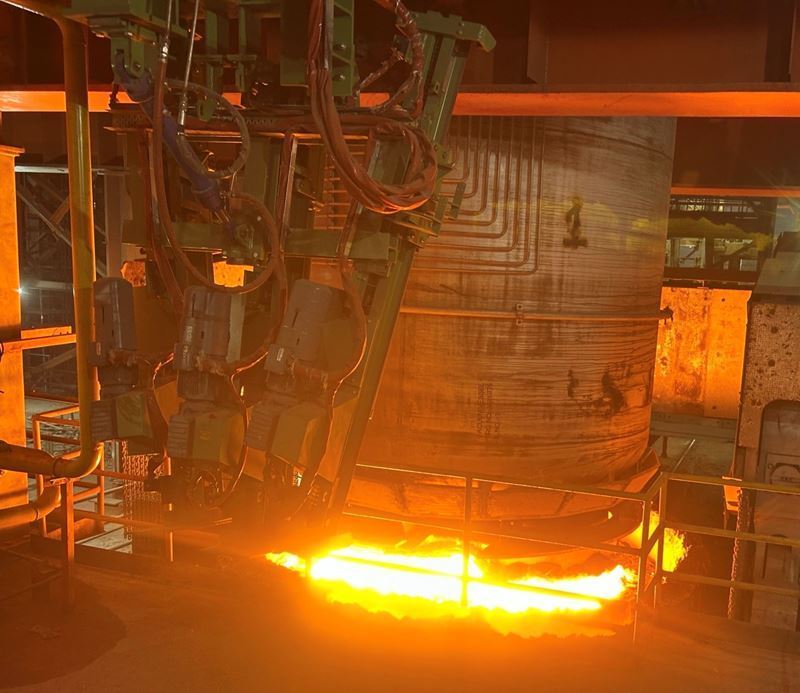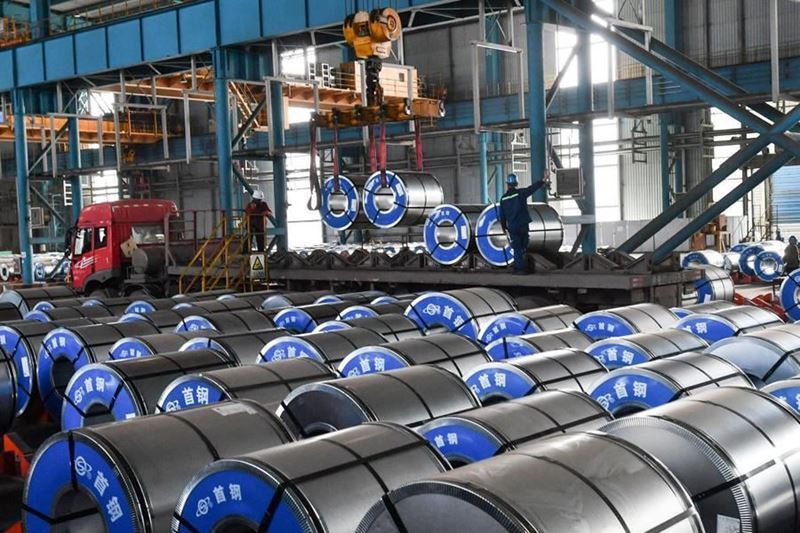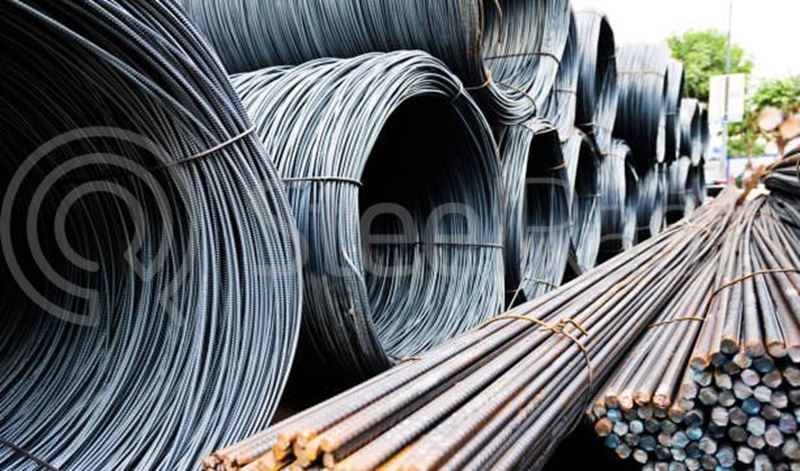The main theme of the Ferrous Division session on 28 October was “AI for everyone.” The session emphasized that small businesses can benefit from this technology just as much as large companies.
Shane Mellor, Ferrous Division President and General Manager of Mellor Metals (United Kingdom), stated, “AI is rapidly becoming a critical tool for the recycling sector,” adding humorously, “Soon AI-powered robots will start complaining about commodity prices too.”
Mellor highlighted that AI can detect hazardous elements such as lithium-ion batteries in recycling facilities, improve operational efficiency, enhance safety standards, and contribute to circular economy strategies. He emphasized, “No one tells steel recyclers what to do. We innovate, adapt, and lead.”
Material intelligence: Combining AI and X-ray
The first speaker, Raghav Mecheri, CEO of Visia (USA), introduced the concept of “material intelligence” developed by his company. Mecheri explained that by combining AI and X-ray technology, they can identify the type and quality of raw materials entering recycling sites.
“The content of scrap arriving at recycling sites is unpredictable, which makes our operations very challenging,” Mecheri stated. He particularly highlighted fires caused by batteries: “I have seen battery-related fires in many places, but none as frightening as at recycling sites.”
Mecheri noted that manual inspection alone is not sufficient. Using X-ray sensors, the system can “see” inside loads to detect contamination and hidden batteries. The technology recognizes 65 different battery chemistries, and the combined use of AI and sensors achieves up to 97% accuracy. However, Mecheri emphasized, “No one can eliminate disasters completely,” underscoring the ongoing need for safety protocols.
“The most measurable commercial breakthrough”
Sean Davidson, founder of Jules AI (Canada), described the integration of AI, sensors, and robotics as “the most measurable commercial breakthrough.” According to Davidson, these technologies deliver not only environmental and safety benefits but also economic returns and operational excellence.
Davidson explained that return on investment typically occurs within 12–24 months. He noted that Jules AI provides automation, risk management, and market intelligence software for the recycled materials sector. He also cited major companies effectively using AI, including AMP Robotics, Zen Robotics, Tomra Sorting, and Steinert.
“Danieli has a fully autonomous scrap yard at a steel mill in Canada. It not only classifies incoming material but also manipulates it with the automation system. Truly impressive.”
Accessible for small businesses
During the panel discussion following the presentations, accessibility of AI investments for small businesses was debated. Ben László, Head of IT Asset Disposal at Kuusakoski Recycling (Finland), suggested that SMEs consider different financing models:
“Buying the equipment is not always the most practical option. Leasing, shared use, or collaborative models may make more sense.”
Davidson agreed, noting that manufacturers offer pricing strategies for small businesses: “These technologies are no longer just for the big players. Small businesses can also benefit from AI through leasing or pay-per-scan models.”
Radiation safety concerns
The session moderator, George Adams, CEO of SA Recycling (USA), raised concerns about potential radiation risks from X-ray sensors. Raghav Mecheri responded, emphasizing that radiation is always a factor to consider: “Compliance with radiation safety standards is a priority in every application for us.”









Comments
No comment yet.